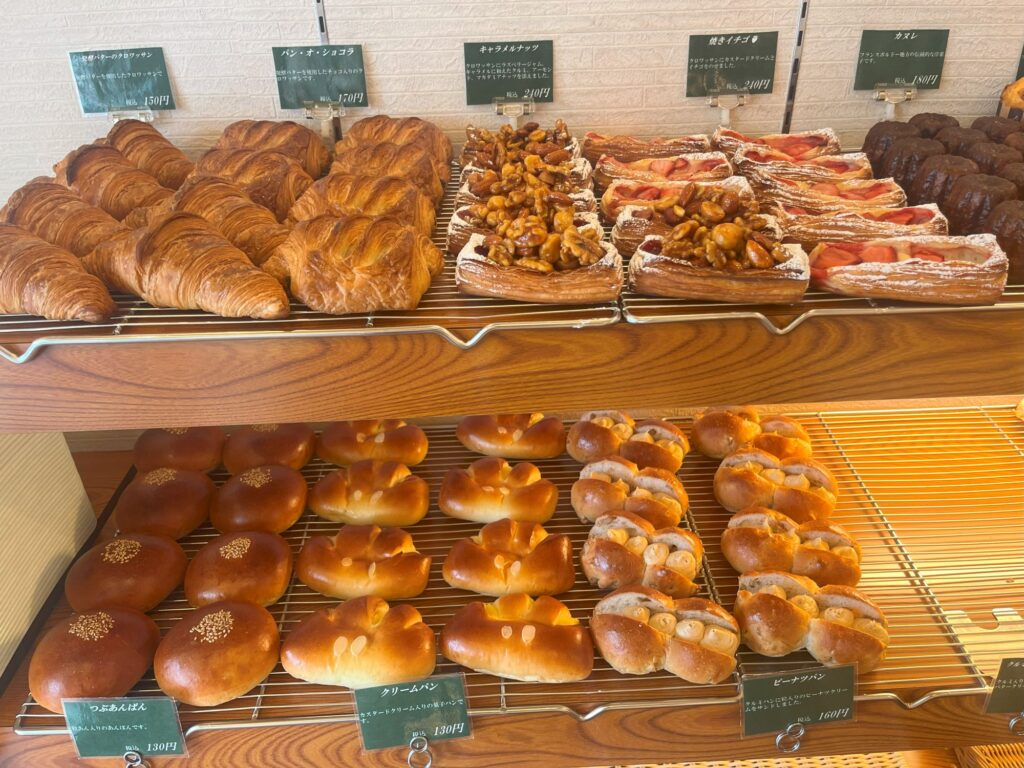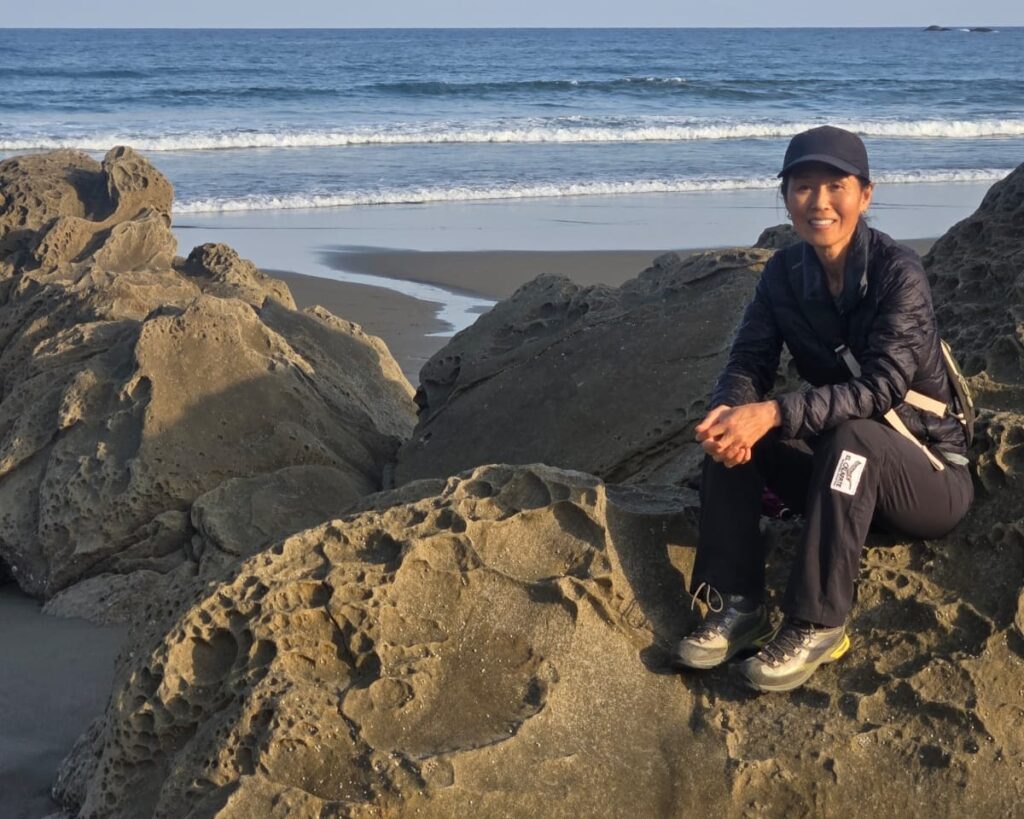Embarking on a 48-day journey through Shikoku, Japan, as a Henro, was a life-changing experience. Covering over 750 miles on foot, I was immersed in breathtaking landscapes and the warmth of local hospitality. However, this adventure also posed significant challenges, particularly in maintaining my plant-based diet. Despite walking and hiking 16-18 miles daily, I faced unexpected health changes, including a surprising rise in my cholesterol levels. This journey underscored the critical balance between diet and exercise. It offered valuable health lessons that I’m excited to share with you.
A Modern Twist on Tradition: Food Trends in Japan

Surprisingly, contrary to my expectations, I found that many people in Japan, especially younger generations, consume a significant amount of fried and fast food. This starkly contrasts with the traditional image of the Japanese diet. Traditionally, meals include fresh fish, vegetables, rice, seafood, tofu, miso soup, pickled vegetables, and green tea. These dishes highlight natural flavors and maintain nutritional value.
However, Japan has increasingly embraced Western fast food and processed foods. Chains like McDonald’s and local fast-food outlets are ubiquitous. Convenience stores, known as konbini, offer a wide array of ready-to-eat meals, snacks, and beverages that cater to busy lifestyles, including fried chicken, sandwiches, instant noodles, and other processed items.
Despite some people still consuming traditional Japanese food, the increasing consumption of fast food and processed items is evident. While portion sizes in Japan are much smaller compared to the US, this trend has led to higher incidences of lifestyle-related diseases such as diabetes and high cholesterol. Smaller portion sizes might mitigate some negative health effects, but the nutritional quality of these foods remains a concern.
For someone like me, adhering to a vegan diet in this environment was particularly challenging. Finding plant-based options amid the prevalence of fried and processed foods was difficult. Even in grocery stores, I found limited ready-to-eat vegan options, which often pushed me toward less healthy choices out of necessity. This shift in dietary habits highlighted important health lessons about the impact of diet on overall well-being.
What I Ate in Shikoku as a Henro

Navigating a plant-based diet in Shikoku was challenging, and I had to adapt to the available options. For lunch, I often relied on popular rice balls, known for their convenience and availability. These were a staple during my long walking days.
Breakfast was a bit more varied. If our guesthouses didn’t provide meals, I would head to local bakeries. Pastries became my go-to breakfast item because they were easy to find and quick to eat before setting off for the day. Despite my usual preference for healthier options, the practicality of grabbing a pastry won out most mornings.
Dinner posed another set of challenges. When guesthouses didn’t provide meals, we typically dined out. We regularly dined at a chain restaurant called Coco’s, where I could find Japanese vegan curry. This dish became a comforting and reliable option after a long day of walking.
Coffee shops also became frequent stops along the way. Although I don’t drink coffee, these stops provided an opportunity to rest and recharge. I often indulged in desserts like ice cream, allowing myself a small treat amid the demanding pilgrimage.
These dietary choices, though not ideal, were necessary for sustaining the journey. They also underscored important health lessons about the compromises and adjustments required when traveling and maintaining a specific diet. Despite the challenges, these experiences enriched my understanding of balancing convenience and dietary preferences while on the road.
Health Lessons: The Impact on My Health
Returning home and seeing my lab results was an eye-opener. My cholesterol had risen to a record high of over 200, up from under 150, despite walking over 750 miles. This increase was shocking, especially considering the amount of physical activity I had engaged in daily.
I had anticipated some health benefits from the extensive physical activity, such as improved cardiovascular health and lower cholesterol levels. Walking 16-18 miles a day for 48 days straight is no small feat, and I expected that this level of exercise would help maintain, if not improve, my overall health metrics.
However, the reality was quite different. The combination of consuming processed and fried foods, often lacking in essential nutrients, along with the high-fat content of many meals, took a toll on my cholesterol levels. Even with the immense physical activity, it became clear that diet plays a crucial role in health.
The Wake-Up Call
This experience was a wake-up call. It reinforced the importance of diet in achieving optimal health. Even with extensive daily exercise, if we don’t watch what we eat, we cannot achieve the full benefits of our efforts. I’ve always believed that our diet constitutes 70% of our health, while exercise makes up the remaining 30%. My time in Japan solidified this belief.
The significant rise in cholesterol highlighted a critical health lesson: exercise alone is not enough to counteract the negative effects of an unhealthy diet. While physical activity is vital, it cannot completely offset the impact of poor dietary choices. This experience underscored the importance of maintaining a balanced and nutritious diet, even when on the go and faced with limited options.
Diet and Exercise: A Holistic Health Lessons

This realization was both humbling and enlightening. It made me recognize that exercise, while essential, is not a cure-all. The foods we consume fuel our bodies. Poor dietary choices can negate the benefits of even intense physical activity. This experience underscored that diet and exercise are not separate entities but are intrinsically linked components of a healthy lifestyle.
During my travels, I often chose convenience over nutritional value due to limited options. This led to a diet far from my usual plant-based, whole-foods regimen. This shift in eating habits was a stark reminder that maintaining a balanced diet is critical, no matter the circumstances. It also highlighted the challenges of sticking to a vegan diet in areas where plant-based options are scarce.
Returning home, I was more determined than ever to prioritize my diet alongside my exercise routine. This experience reinforced my belief that achieving optimal health requires a holistic approach. What we eat is as important as how much we move, if not more. The journey taught me to be vigilant in food choices and committed to a balanced diet. These are essential health lessons that will guide me in future travels and daily life.
For more insights, be sure to check out my previous article on my experience in Shikoku.















